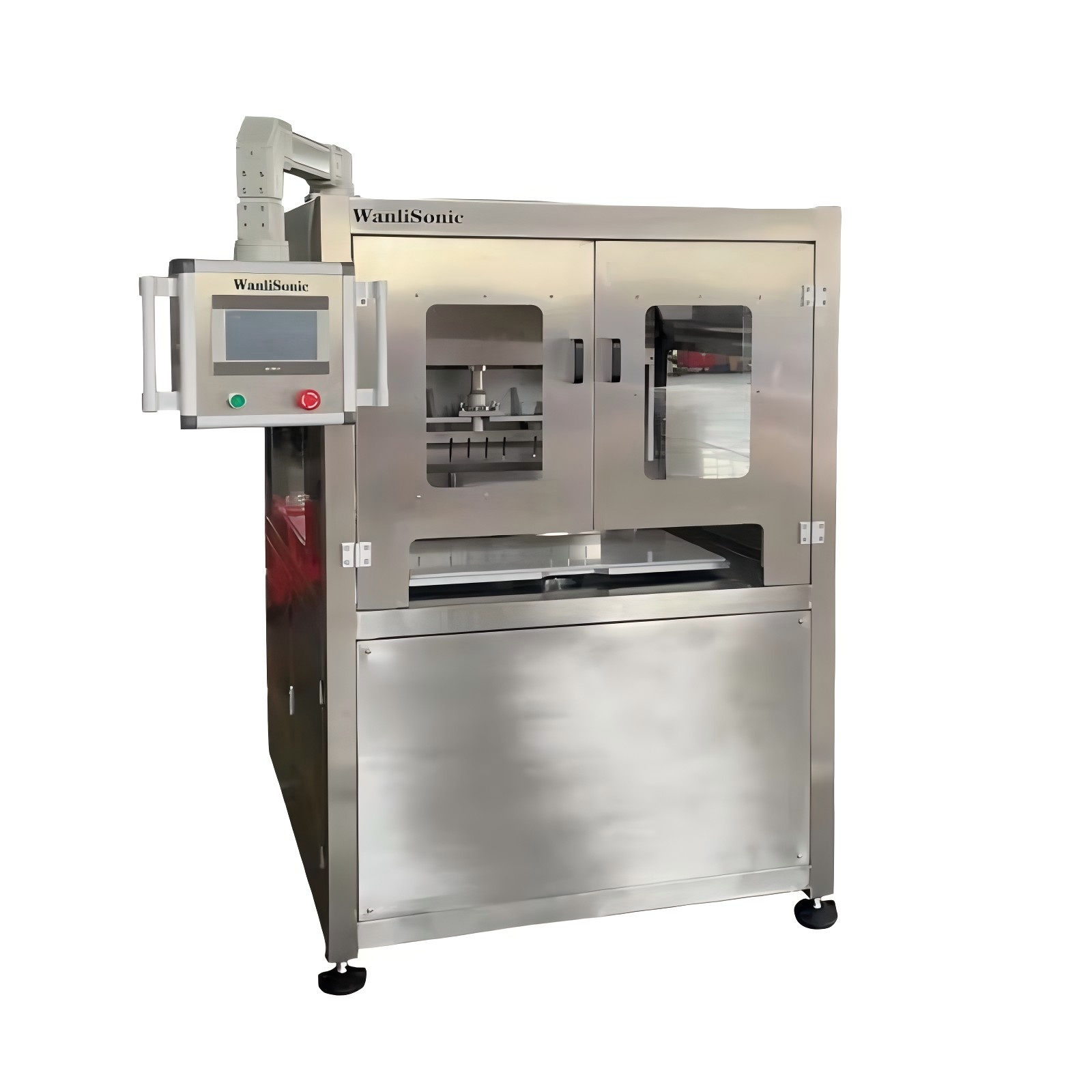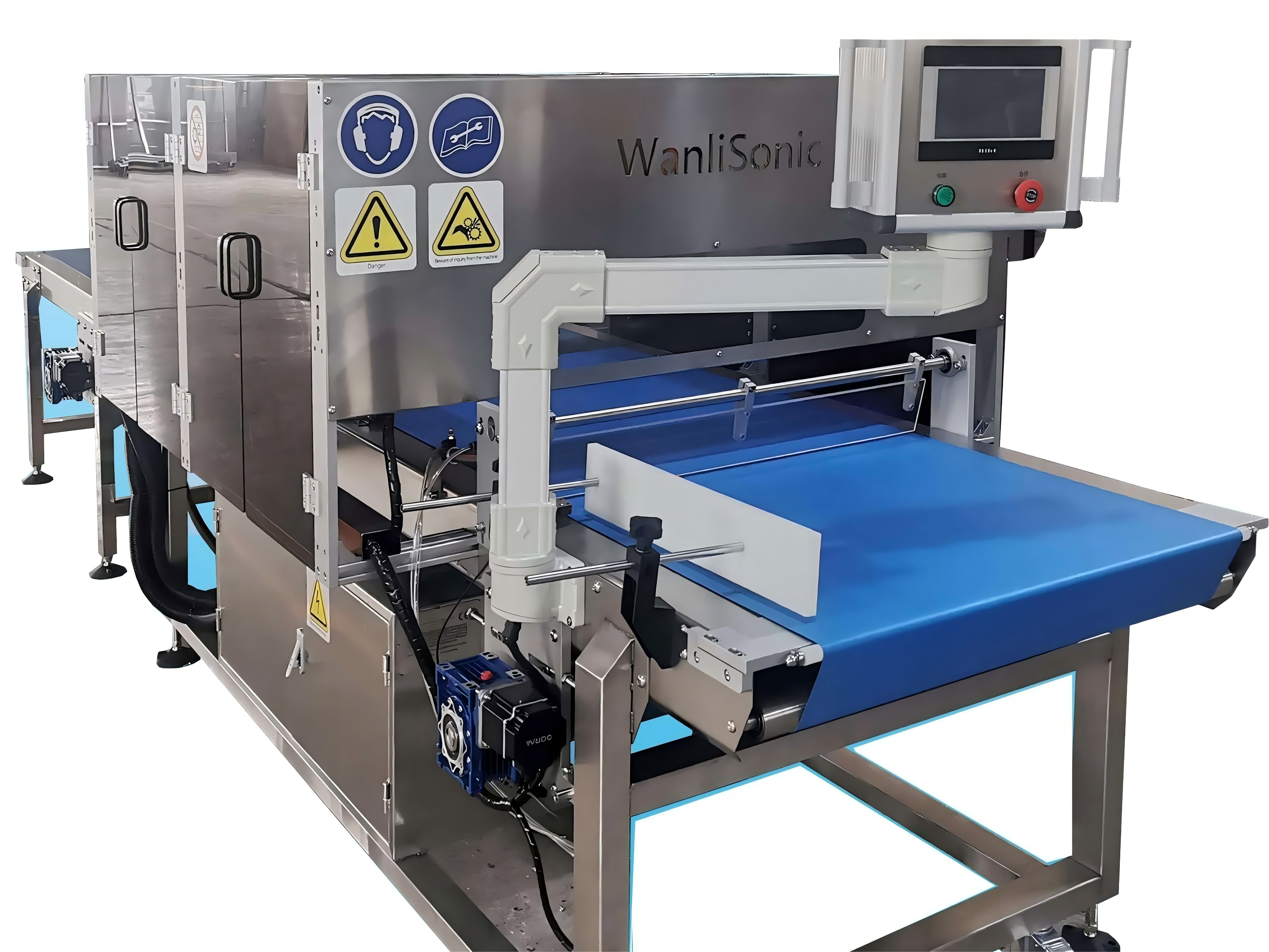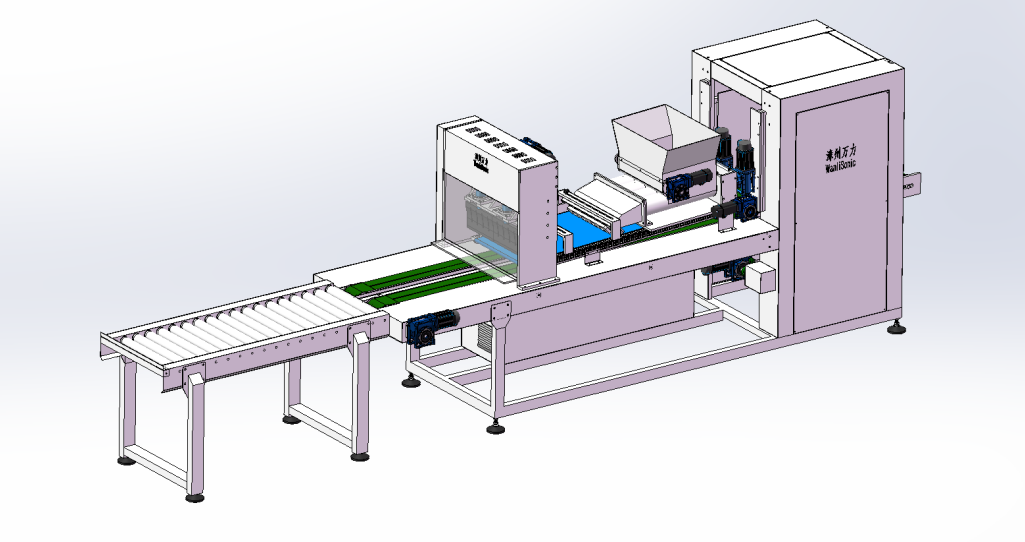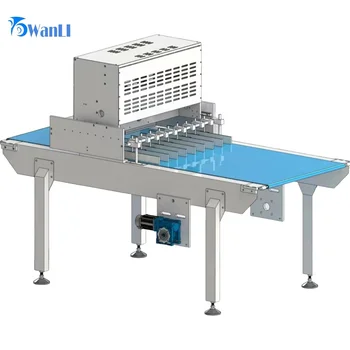Ultrasonic food cutting is harmless to human body. And in recent years, ultrasound has been widely used in the food industry.
Ultrasonic application for food cutting: no sharp blades are needed, no great pressure is required, and the cutting material will not be chipped or damaged. The cutting blade is doing ultrasonic vibration, the friction resistance is particularly small, and the material to be cut is not easy to stick to the blade. It has obvious cutting effect on frozen, sticky and elastic foods, especially effective. At the same time of cutting, the cutting part has fusion effect. The cutting site is edge-sealed to prevent loosening of the cut food tissue. Ultrasonic cutting machine is a device that uses wave energy for cutting and processing, and is characterized by not using traditional cutting edges.
Traditional cutting: Traditional cutting uses a knife with a sharp edge to press against the food being cut. The pressure is concentrated at the edge of the blade, and the pressure is very large, exceeding the shear strength of the food being cut, and the molecular bond of the food is pulled apart and cut. Because the food is pulled apart by strong pressure, the cutting edge of the cutting tool should be very sharp, and the material itself must be under relatively high pressure. It is not good for cutting soft and elastic food, and it is more difficult for sticky food.
Therefore, compared with traditional cutting, the benefits of ultrasonic cutting food are obvious, which is why this method is widely used in the food industry. In addition to ultrasonic food cutting, other applications in the food industry include: ultrasonic cleaning, ultrasonic assisted extraction, ultrasonic sterilization, ultrasonic emulsification, ultrasonic crystallization, ultrasonic drying, etc.






